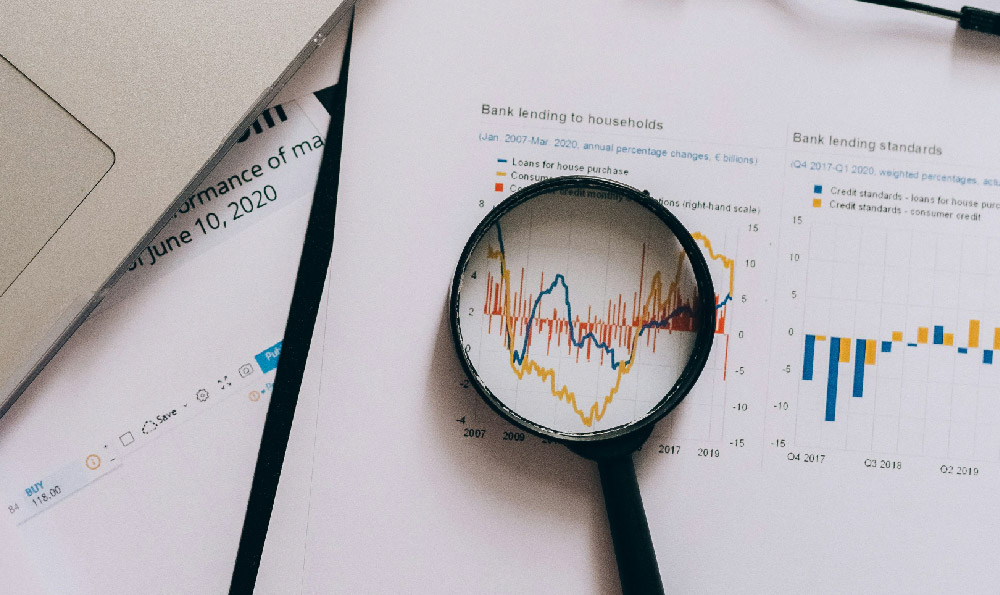How Much Can You Earn While Collecting Social Security Benefits?
Social Security benefits are a crucial component of financial planning for many individuals in retirement, but understanding how these benefits interact with ongoing earnings can significantly impact the amount received. The U.S. Social Security Administration (SSA) sets specific income limits that determine whether benefits are reduced or suspended when someone continues to work. These rules are designed to ensure the sustainability of the Social Security program while balancing the needs of retirees who may still be active in the workforce. However, the relationship between earnings and benefits is nuanced, and it requires careful consideration of factors like the age at which one retires, the type of work, and the specific benefit categories being claimed.
For those who begin receiving Social Security benefits before reaching their Full Retirement Age (FRA), which is typically 66 or 67 depending on birth year, the impact of income on benefits is particularly significant. The SSA enforces an annual earnings limit for this group, which restricts how much someone can earn from employment or self-employment without facing a reduction in their monthly benefit payments. In 2023, this limit was set at $19,560, meaning individuals who claim benefits before FRA must avoid exceeding this threshold to prevent their benefits from being temporarily reduced by 50% of the amount earned above the limit. This cap is not arbitrary; it reflects the program’s goal to phase out benefits for those who continue working while receiving payments, as the primary purpose of Social Security is to provide a safety net for retirees who are no longer gainfully employed. However, this limit is not a rigid barrier, and there are strategies to navigate around it. For example, those within a few years of FRA can adjust their work schedules to stay below the limit while still earning a substantial income, or they can use part-time work, freelance opportunities, or passive income streams to minimize the risk of benefit reduction.
The earnings limit also changes as one approaches FRA. For individuals who are only a few months away from their FRA, the SSA may allow them to work while receiving benefits with less stringent restrictions. This is because the program calculates benefits based on the average indexed monthly earnings (AIME) over a person’s working years, and those nearing FRA have more time to adjust their earnings to ensure they are not significantly penalized. In 2023, the gradual elimination of earnings penalties begins when a person is 65 years old, with the amount of benefits reduced by $1 for every $2 earned above the limit. This shift from a strict limit to a graduated penalty is intended to encourage people to work longer, as delaying benefits beyond FRA can result in a higher monthly payment due to delayed retirement credits.

Another important consideration is the distinction between retirement benefits and other types of Social Security benefits, such as survivors’ or disability benefits. For example, individuals receiving disability benefits may face stricter income limits, as their benefits are funded through the same system but are meant to provide financial support for those who are unable to work. Similarly, spouses or dependents who receive benefits based on a working partner’s record may have different rules governing their earnings, which could create complexities when both the primary beneficiary and the spouse are working. In such cases, the SSA’s guidelines for "spousal benefits" and "dependent benefits" become more relevant, as they specify that individuals in these categories can earn up to certain limits without affecting the benefits they receive.
The impact of income on Social Security benefits is also intertwined with the broader context of financial planning. While it may seem straightforward to prioritize maximizing earnings by continuing to work, the trade-off between short-term income and long-term benefits can be complex. For example, if someone continues to work while receiving benefits before FRA, they might temporarily lower their monthly payment, which could result in a smaller lifetime payout. However, this trade-off might be justified if the additional income can be invested to generate long-term returns that outweigh the lost benefits. Conversely, if someone claims benefits at an earlier age, the total benefit amount is reduced because the payment is based on a lower number of years of contributions. This underscores the importance of considering both immediate and deferred financial needs when making decisions about when to retire and how much to earn.
Moreover, the SSA’s income limit is not based on gross income but on "earnings" as defined by the Social Security Administration. Earnings include wages, salaries, and self-employment income, but do not include assets such as pensions, annuities, or investment income. This distinction is critical, as it allows retirees to earn from other sources without affecting their Social Security benefits. For instance, someone who receives a pension from a former employer can continue earning it while also working, as this income is not subject to the earnings limit. However, if they start drawing a new paycheck from employment after retirement, that income must be carefully monitored to avoid triggering benefit reductions.
The practical implications of these rules can vary based on individual circumstances. A retiree with a high income may need to consider working in a way that minimizes the impact on their benefits, such as taking part-time or freelance work, which is often below the earnings limit. Alternatively, they may need to adjust their retirement timing to avoid the minimum limit altogether, which might involve delaying retirement until FRA or even beyond to qualify for higher payments. Additionally, the SSA provides a deduction for certain expenses, such as long-term care costs or taxes, which can reduce the amount of earnings that are subject to the limit. This deduction is particularly relevant for self-employed individuals or those with small businesses, as they may have higher expenses that can be offset against their income.
Ultimately, the key to maximizing the potential earnings while collecting Social Security benefits lies in a comprehensive understanding of how the system operates. Retirees should carefully evaluate their financial goals, explore alternative income sources, and consider the long-term effects of their decisions. By doing so, they can strike a balance between immediate financial needs and the overall value of their Social Security benefits, ensuring that their retirement plan is both sustainable and optimized for their personal situation.















